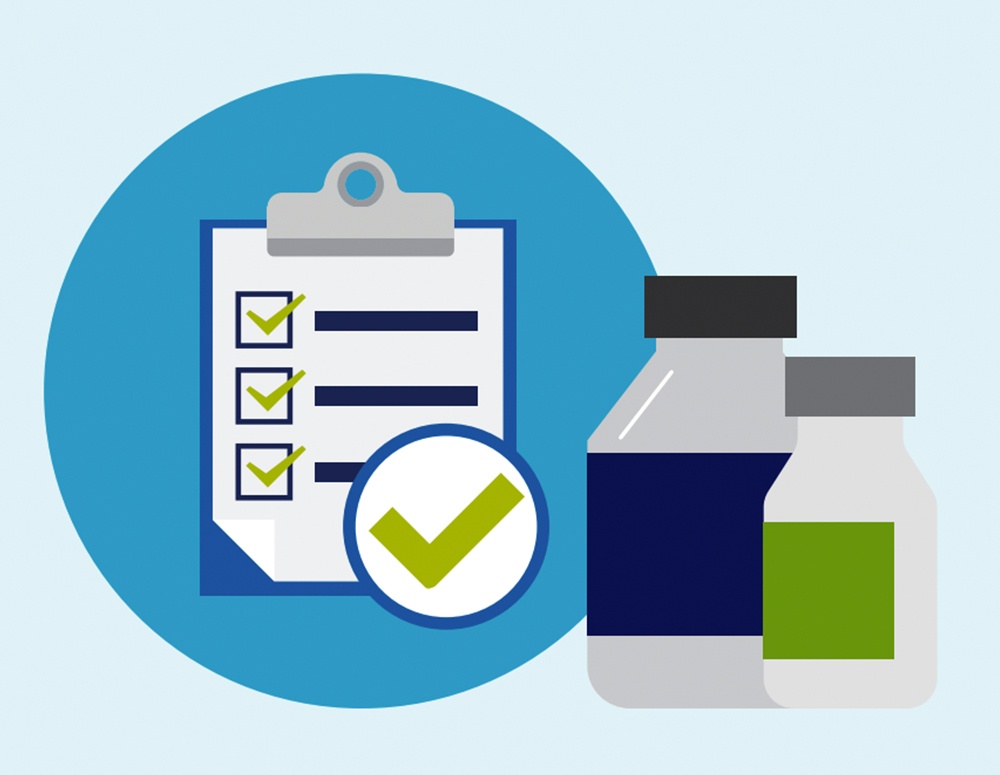What you need to know about PDUFA VI
The PDUFA VI performance goals letter is good for patients, medical innovation and the FDA.

What you need to know about PDUFA VI.
The PDUFA VI performance goals letter is good for patients, medical innovation and the FDA.

What you need to know about PDUFA VI.

The U.S. Food and Drug Administration (FDA) recently released its performance goals letter for the sixth installment of the Prescription Drug User Fee Act (PDUFA). The letter comes after months of technical negotiations between the agency and biopharmaceutical companies, and parallel meetings with patients’ advocacy groups, academia and other stakeholders.
First enacted in 1992, PDUFA authorizes the FDA to collect fees from biopharmaceutical companies to support the agency in its review of new drugs and biologics. Since its inception, PDUFA has helped make FDA review of new medicines more consistent, predictable and efficient while strengthening FDA’s already high safety and efficacy standards.
PDUFA VI builds on the success of previous agreements with continued focus on ensuring patient safety, maintaining the agency’s high standards for regulatory review and promoting timely access to safe and effective innovative medicines for patients. Additionally, there are a number of key areas that will receive increased focus under the new agreement, including:
The U.S. leads the world in delivering new medicines to patients, thanks in part to PDUFA. Since 1993, the program has provided more timely access to more than 1,500 new drugs and biologics, including treatments for cancer, rare diseases, cardiovascular, neurological and infectious diseases. It is critical that Congress reauthorizes the PDUFA program before its expiration in September 2017.
To learn more about how PDUFA VI will benefit patients, advance medical innovation and build a more effective FDA, view a fact sheet here. View more information on PDUFA at PhRMA.org/PDUFA
